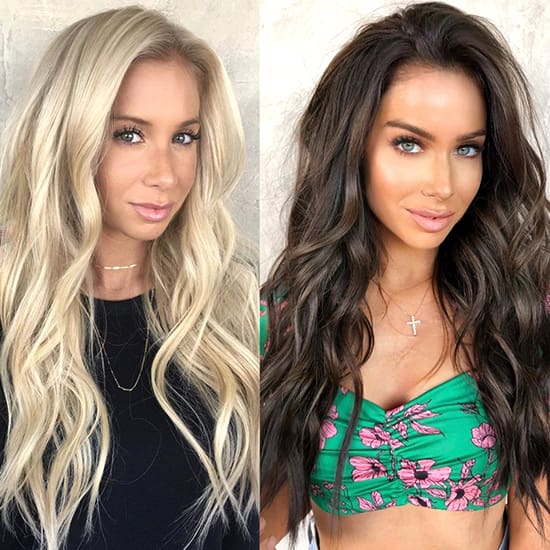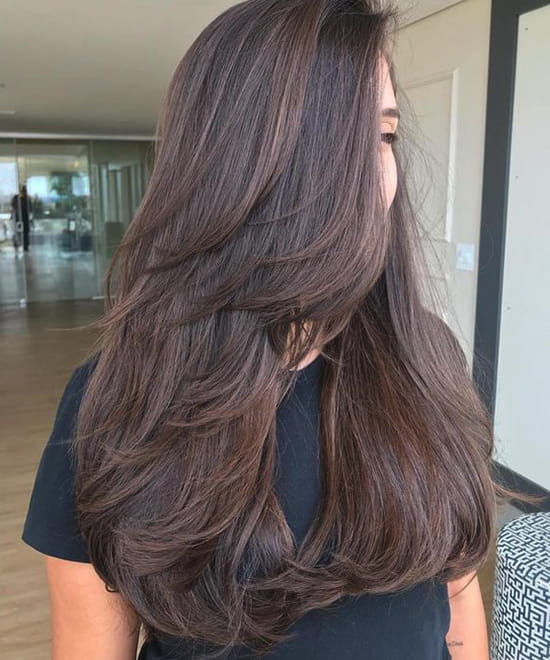Table of Content
Take a look at the hair, and see if you can spot a tight S-shape. If you still don’t see the S-shape, check it every minute afterwards until you do. While relaxing on your own is doable, it's always nice to have help. It can be tough to do a good job on the back of your head, even with a couple of mirrors at your disposal.
The most important preparation step is to avoid washing your hair for at least 7-10 days before applying your relaxer. Even gentle shampooing can irritate your scalp and cause burning when you apply the relaxer. Your stylist can whip the relaxer through all of your roots at once. Relaxer should be applied only to dry hair, though. So make sure the back sections aren’t damp when you start the process over again there. When touching up your roots, it’s important to avoid putting relaxer on hair that’s already straight.
Natural Homemade Hair Relaxers that are sure to Work
Apply the mask to your hair and scalp, then wait 15 to 20 minutes. Apply some conditioner to the ends afterwards, if needed. Hair relaxer permanently straightens your hair, so the treated hair won’t return to its normal style. To get your natural look back, you’ll need to grow out the relaxed parts and cut your hair at the demarcation line between relaxed and natural locks. Perms, or permanents, chemically treat hair to alter the shape and style. The main difference between a typical perm and a relaxer is that a perm is usually done when someone wants curly hair instead of straight.

Apply the mask to your hair, wait 20 minutes, then rinse it out with warm water. Protecting your pre-relaxed hair is important to ensure the relaxer takes to your hair well. You can protect your hair and scalp by oiling your scalp and any parts of your hair that you’ve already relaxed before you start applying a new relaxer. If you’ve never relaxed your hair before, you’ll apply the relaxer all over. However, if you’re simply relaxing new growth, take care to only apply the relaxer to unrelaxed hair to avoid overprocessing.
Preparing and Sectioning Your Hair
Relaxing your own roots is notoriously difficult to get right and can be damaging to the hair. And how I should make the decision of a home or salon perm." Thanks to all authors for creating a page that has been read 2,707,797 times. A perm will start to loosen after about 2-3 months and should be retouched to maintain the style. Don't use products containing silicones and alcohol. Silicones will lead to build-up, while alcohol will make it turn dry.

“Apply leave-in conditioner daily and focus on that line of demarcation,” Ms. Stephen said. As you moisturize more, manipulate your hair less. This website is using a security service to protect itself from online attacks. The action you just performed triggered the security solution. There are several actions that could trigger this block including submitting a certain word or phrase, a SQL command or malformed data.
Do a Strand Test
Hair relaxer, otherwise known as hair straightener, is used on hair that is naturally curly or wavy in order to attain a straighter, sleeker look. Caution should be used when relaxing hair, because of the chemicals that are used. To properly relax your hair, choose a relaxer, prepare your hair, apply the relaxer, remove the relaxer, and then adopt a haircare routine.

When the time is up, spend several minutes rinsing the relaxer out with comfortably hot water. In order to protect your hair, it’s important to get as much product as possible out of your hair. Also wait to apply relaxer to the nape of your neck, because the hair here tends to process more quickly.
Can Relaxed Hair Go Back to Natural?
Thanks to all authors for creating a page that has been read 296,531 times. Sure, a mask is just something that will help. You can still do the rest of the methods to pamper your hair. Keep in mind that some masks are used instead of conditioner. Thanks to all authors for creating a page that has been read 618,285 times. If you are doing it on yourself or to someone else, start very slowly and carefully.

There are many benefits to relaxing your hair at home, including cost savings and the convenience of not having to make an appointment at a salon. Take a look at the steps outlined below, then you can decide whether or not a home-relaxer is for you. Wrap a cotton strip around your hairline, tucking it under the rods. This is very important, as you’ll need some sort of barrier between your skin and the perm solution.
This will make it easier to wrap around the rod. Start applying the rods at the top of the side section, right under the middle section, and finish at your hairline. Repeat the process for the entire middle section.

Once you’re done conditioning, it’s time to break out the neutralizing shampoo. Once you’re happy with the relaxer’s coverage, double-check the directions and set a timer based on the manufacturer’s specifications. A rattail comb will be your best friend for this step.
Beat an egg yolk in a bowl, and add a teaspoon of honey. Apply on wet hair and leave on for 20 minutes. Apply a thick layer of the paste on your scalp, and massage till the tip. Avoid going out in the sun on the day that you use this treatment. Using a fine or large tooth comb, begin at your forehead and end at the base of your neck.
However, you could also wear old clothing if you don’t have a cape handy. If you’ve ever dyed your hair at home, you’ll find that the process is quite similar. To really get access to the roots, you’ll need a “micro” flat iron.


No comments:
Post a Comment